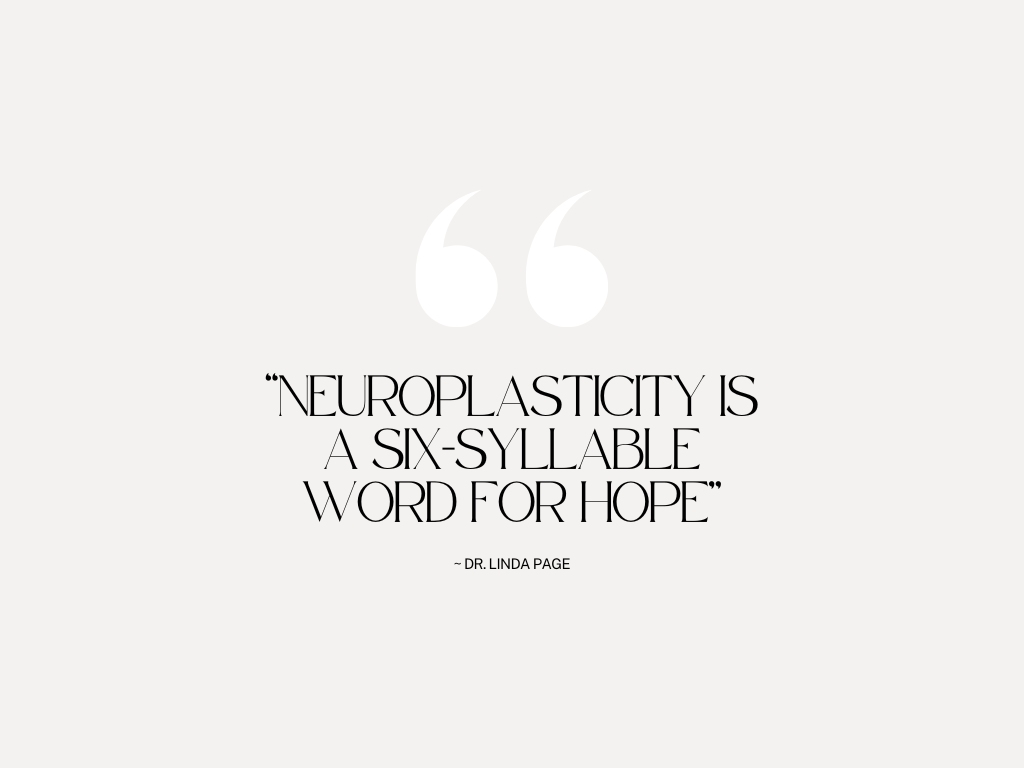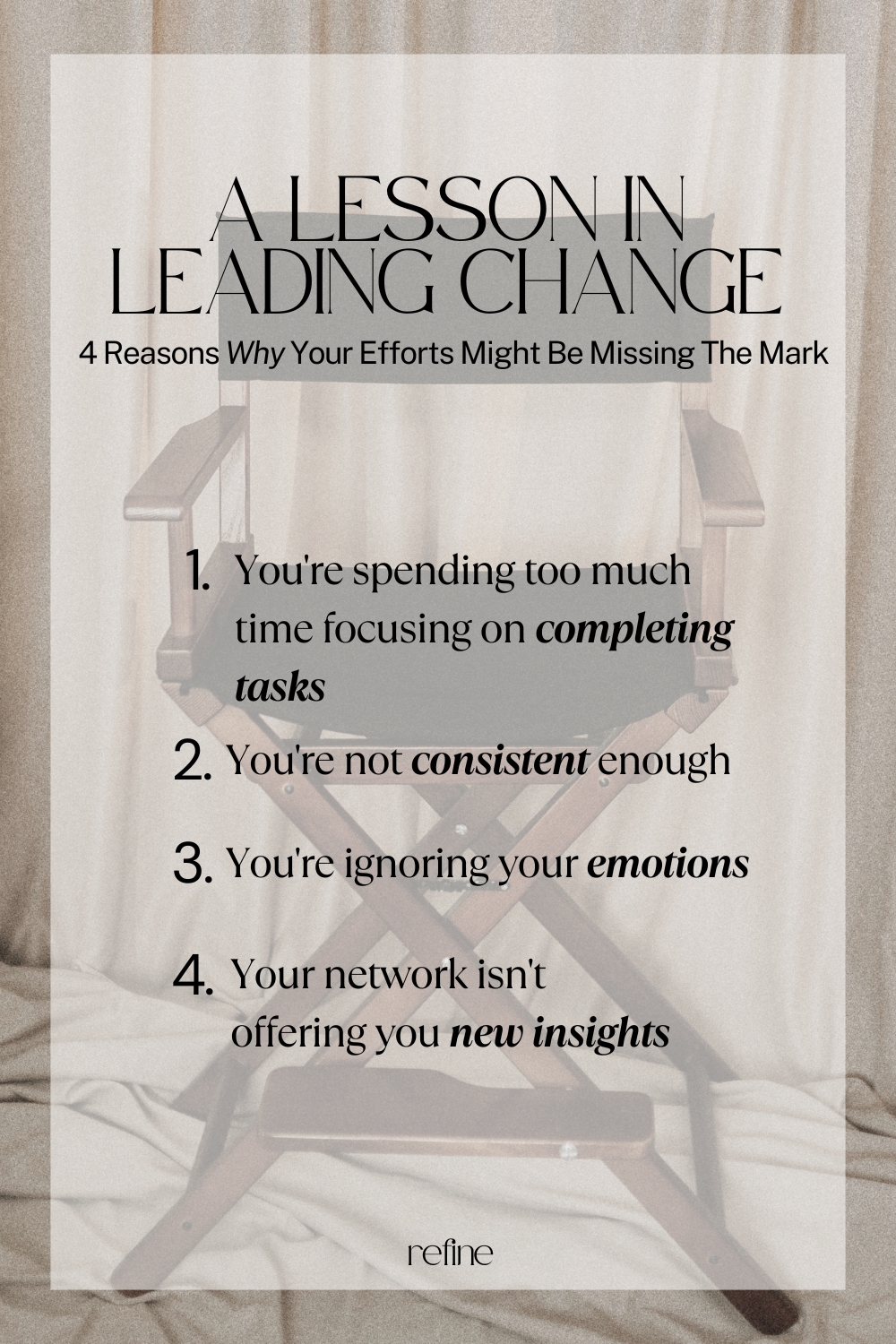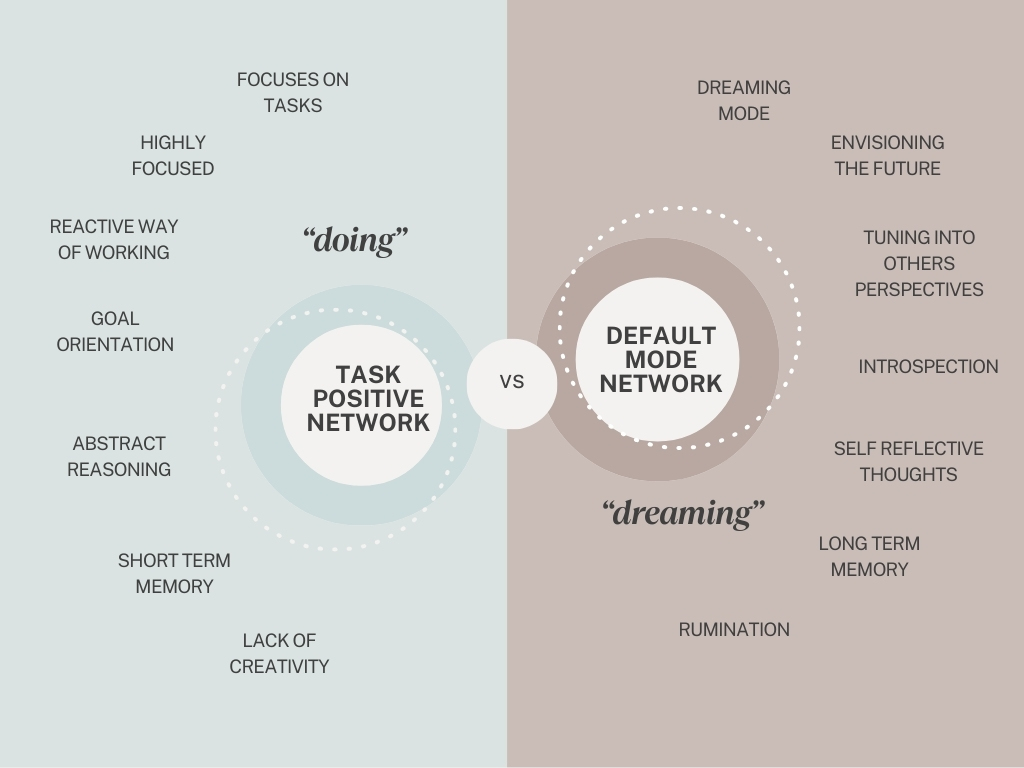MINDSET / 18 MARCH 2024
Leading Change & Shifting Perspectives

A lesson in leading change.
Do you feel like you are always busy but not getting anywhere? Are you struggling to lead change in your workplace? Do you feel as though you aren’t achieving the desired results despite all your best efforts?
In today’s exceptionally fast paced world, the ability to drive change effectively is crucial, no matter your position. From frontline employees to CEOs and founding partners, everyone has a role to play within their organisation – we are all leaders, we all have the power to initiate change. With the lightening speed at which we operate and the many conflicting approaches on how to effectively influence those around us can be challenging to navigate, especially when you might be feeling as though your efforts aren’t delivering the results you set out to achieve. That’s why it’s essential to recognise the signs, catch them early enough in the game and adjust your focus in order to maximise the impact that you originally envisioned. By staying focused, determined, and committed to your purpose, you can become a true champion of progress, whatever the cause and inspire others to follow in your footsteps.
In this article, we identify the four main reasons why your efforts to shift perspectives and lead change may not be delivering the results you have been striving for. We lean into the power of neuroscience, introducing you to concepts to help reframe your thinking to allow you to stay agile and truly thrive in the fast-moving, constantly changing environment we live in today.
Let’s start by breaking these four reasons down, identifying the warning signs, and offering mindset strategies to implement in your everyday life so that you, as a leader, can effectively narrow the gap between your intention and the impact it has on those around you.

1.
You’re Spending Too Much Time Focusing on Completing Tasks
Does your never-ending to-do list constantly fuel your decisions about how you spend your time? Do you find sitting still challenging and frequently feel guilty that you should be doing something else when you have a moment to yourself?
One of the biggest challenges we face today is the internal battle we have with ourselves on how we spend our time and whether we are making the most efficient use of it. How we spend our time is a constant trade-off, “I wish I had time to do that”, “I should be doing this instead”, or “I wish I had more time to stop and think for a second”. Have you ever noticed that when you do take a pause out of your busy schedule, that during that moment of downtime is when your best ideas come to mind? This might have been when you’ve been out on a walk, in the shower, or on a plane. We’ve been so conditioned to believe that doing more or staying busy equates to high performance and high productivity. But that is no long term game, eventually this will lead to stagnation or burnout.
Did you know?
Humans have two neural networks in the brain that play crucial roles in different cognitive processes, including focus: the ‘Default Mode Network’ and the ‘Task Positive Network’.
The Task Positive Network (TPN) is active when the brain is engaged in goal-directed tasks and focused attention – it is the state of ‘doing’. It facilitates cognitive functions such as attention, decision-making, problem-solving, and working memory. When we activation our TPN, we are maintaining focus and achieving optimal performance in tasks that require attention and concentration. When we enter this state of ‘doing’, we become laser-focused on achieving our goals, always on the go and relying on our ability to think quickly on our feet, leading in on our short-term memory to complete tasks and move straight onto the next one. Our reactions are highly responsive to our immediate environment, almost instinctual. We’ve been conditioned to believe that this mode is highly effective in getting things happening fast, meeting deadlines and delivering results; however, spending too much time here can limit creativity, often favouring linear thinking.
On the other hand, the Default Mode Network (DMN) is active when the brain is at rest and not engaged in any specific task – it is the state of ‘dreaming’. It’s often associated with introspection, daydreaming, and mind wandering, but it also supports self-awareness, memory consolidation, and creativity. By leaning into this ‘dreaming’ mode, you can envision the future through self-reflection and introspection. You’ll hold space and tune into the perspectives of those surrounding you. On the flip side, if you are excessively activating your DMN, it might invite distractions and decrease overall productivity.
So, how do you know if you spend too much time in the state of ‘doing’ or ‘dreaming’? What is the right balance for maximum efficiency? Here comes the good and bad news – only you have the answer. Start by considering the following two questions:
- What is needed at that moment? Be specific here
- What does it feel like for you to spend too much time in either ‘doing’ or ‘dreaming’ mode?
- How would you know when it’s time to move between them?
Try this!
The next time you find yourself overwhelmed by an endless list of tasks, create a task management strategy by breaking specific functions into smaller, manageable components and allocating a time budget. Once you have your weekly schedule, try to build some white space to free up time for investing in that thinking tank. Monitor and track your progress at the end of each week; as you get into a rhythm, you’ll get a feel for what is working and what isn’t.
If something comes up unexpectedly, ask yourself:
- By saying yes to this, what do I need to say no to?
- Does this align with the greater purpose or goal I am trying to achieve?
2.
You’re not consistent enough
Neuroplasticity is the brain’s ability to grow, adapt, and change. Rewiring the brain is how our neurons forge new connections, creating new pathways and networks. Facilitating neuroplasticity over time means fostering ideal conditions that promote neurons’ sticking together. Consistency is key, whether it is relates to our behaviours or mindset.

Creating change, whether big or small, is uncomfortable. The more we can lean into our neural pathway, the more developed it becomes. The more developed the path, the more automatic it becomes. Sounds simple, doesn’t it?
If you have been leaning heavily into your TPN, the hardest part is getting started, off autopilot and back into the driver’s seat to reclaim control of your direction. First, consider how long you have been doing ‘the thing’ you want to change. If an ingrained pattern, process, or culture has been in place for over a decade, be realistic about how much time, attention, repetition, intention, and patience it will require for everyone involved. If you want to shift change within yourself, your team, or your organisation, how might you ensure it sticks without any potential relapse? Remember, with consistency and commitment, change is inevitable.
Try this!
If we know change is uncomfortable and that wanting to give up, procrastinate, or pursue distractions is our default behaviour, it’s essential to identify the warning signs. Once you acknowledge that discomfort, don’t stop; this is a pivotal moment. Creating change always starts somewhere new, and it requires a lot of attention and repetition, as well as more energy and effort.
The good news is that you don’t need to do this alone, find a friend, colleague, mentor or coach to hold you accountable. Set your goal, break it down into bite-sized milestones and have frequent check-ins on your progress. Use this time to discuss what worked, what didn’t, and the learnings you’ve taken with you moving forward.
Repeat, repeat, repeat. And when you feel like you its all too hard and you want to give up, repeat again.
3.
You‘re Ignoring Your Emotions
Our emotional states significantly affect our brain’s capacity for learning. Negative emotions can impair the function of the prefrontal cortex. This reduces our brain’s ability to absorb new knowledge and improve skills. This can limit access to our working memory, restrict our ability to tap into our inner creativity and hamper our curiosity and cognitive ability.
When it comes to work, do you try and leave your emotions at home? Many of us have been taught that emotions should be kept out of the workplace. However, it’s important to remember that we are all emotional beings. When we consider the emotional aspects of an issue, it grabs our brain’s attention, signalling to us that it’s essential and worthwhile exploring. To ignore this process is a missed opportunity to tap into your intuition. When we are present with our emotions, it allows us to move through them rather than suppressing or avoiding them and letting them build up. If we don’t consider identifying our feelings as they arise, how can we know what to do with them and move forward?
Emotional self-regulation is crucial for a leader; it can impact your team or colleagues’ emotions and behaviours. Whilst positive emotions can inspire positive action and mood, we also must consider the implications of our negative emotions as these can trigger similar emotions, having a knock-on effect. Mastering self-regulation can help gain back control and achieve success. By learning to manage your emotions, you can learn to improve your ability to deal with difficult people, make smarter decisions, and bounce back from challenging times. Additionally, you will also help your colleagues, team or organisation develop their own emotional intelligence. This will lead to a more productive and harmonious work environment where we and those around us thrive, feel heard and feel motivated to deliver their best work.
Try this!
Identifying our emotions as they arise allows us to be present and self-regulate. Try to get in the habit of naming (be specific) your emotions as they come up for you each day. Start by writing it down on paper in its most simplistic form. This can help reduce stress from any negative emotions you would typically try to ignore, suppress, and carry with you throughout the rest of the day. Acknowledging and giving the emotion a name will allow you to stay present, focused and energised to lead with purpose.
Remember, the emotions you cannot name, you cannot regulate. Ignoring problems and pretending that everything is okay might seem like a good idea in the short term, but it won’t solve anything in the long run. By confronting issues head-on and seeking out real solutions, you can avoid the pitfalls of temporary fixes and make real progress towards achieving your greater purpose.
4.
Your Network Isn’t Offering You New Insights
Are you feeling stuck in a routine rut with a lack of inspiration? If so, then it might be time to explore beyond your current network. Seek new insights, immerse yourself with unknown territory to reignite your creativity. When we fall under the busyness trap, we can be fixated on our routines day in day out. It requires a level of self awareness and push to go beyond the comfort zone.
To expand your way of thinking, leverage new experiences, connect with different people in different industries or fields, attend various events, and engage in activities that go beyond your network. Seek comfort in taking risks, embrace that with this mistakes occur. Try to reframe these from failures or setbacks, towards opportunities for growth and adaptation.
As we recently discussed, recent studies show that giving your brain a chance to unwind will lead to breakthrough moments. To cultivate these moments, we need to be prepared to explore those unfamiliar territories and allow space for innovative ideas to internalise.
Try this!
Find ways to go beyond your comfort zone to find ways to generate new ideas within yourself. Here are ways to promote insights outside your current network.
- Try new things often (New experiences, books, people, events, activities..)
- Make mistakes and pivot accordingly
- Stay Curious
- Embrace the act –> reflect –> act cycle
- Relax your brain; you’ll come up with your best ideas then. Think about the things that you can do to bring mindfulness to your day, every day. It might be spending time in nature, breath work exercises, having playtime or leaning on humour.
In summary, leading change is not limited by job titles or hierarchy. We all have the power to initiate transformation. By identifying stagnation and taking proactive steps, we can increase our influence and pave the way for meaningful change. This article offers cognitive insights and strategies to overcome obstacles. As leaders, we must be resilient, adaptable, and determined. Working together, we can shape a brighter future.








Read the Comments +